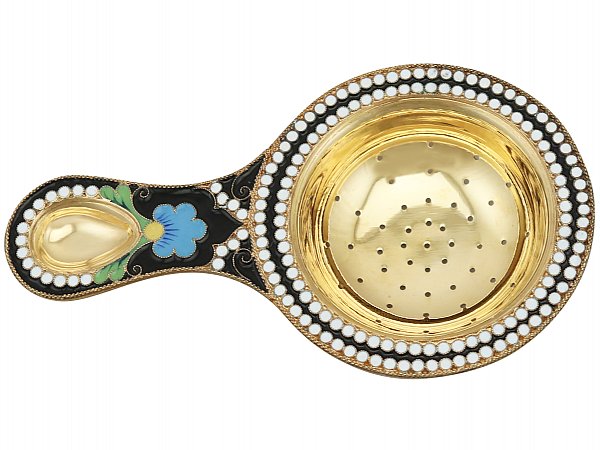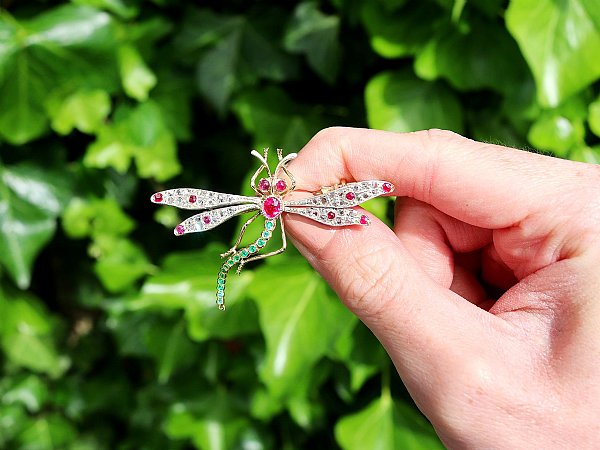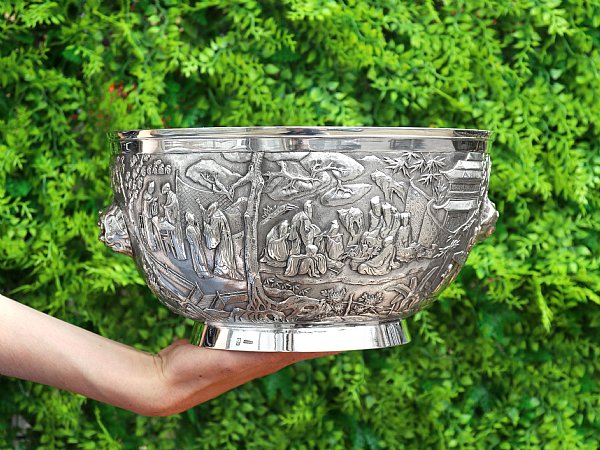Search Results for: '{{searchText}}'
Sorry...
We don't seem to have what you're looking for.
However we do have thousands of magnificent pieces of silver and jewellery available for you to view online. Browse our store using one of these categories.
Please wait for loading data... 
AC Silver is delighted to offer for sale a fine range of sterling silver strainers, including gravy, lemon and tea strainers.
This refined collection of silver strainers features pieces pieces crafted during the Georgian, the Victorian and Edwardian eras, as well as some twentieth century vintage items.
All antique and vintage silverware purchased includes free, and fully insured global shipping.

It has been suggested that the bamboo tea strainer was the first tea strainer, and then later evolved into porcelain, silicon, linen, stainless steel, and sterling silver models.
Using a tool to keep the tea leaves from running into the water emerged in the 17th Century, when Dutch merchants made tea more readily available to those outside of China. British royals increased the popularity of tea, when it became the beverage of choice. The interest in tea quickly spread to the American colonies. With increased interest came a growing demand for products that could separate loose tea leaves from water.
It was in the 19th Century that stainless steel tea strainers gained popularity. While companies like Tiffany & Co, and Gorham Manufacturing Co. made tea strainers out of sterling silver, for those that could afford it, other companies started mass-producing tea strainers out of cheaper materials such as stainless steel. It was also around this time when more unique, and unusual tea strainers made in novelty designs began to emerge.
In the early 1900s, Thomas Sullivan, a tea merchant, started shipping tea sample in small silk bags. His customers weren’t aware that they had to remove the loose tea from the bags before brewing, and so brewed the silk bags in their entirety. And so, the tea bag was invented. This inevitably meant that the tea strainer, with its longer process, and clean-up procedure, became less popular.
Having said that, many tea enthusiasts today exclusively use loose tea leaves, paired with a tea strainer, in order to drink tea. It is claimed that this method allows for a better tea drinking experience, than the modern teabag does.




